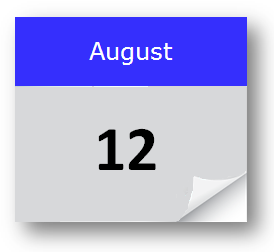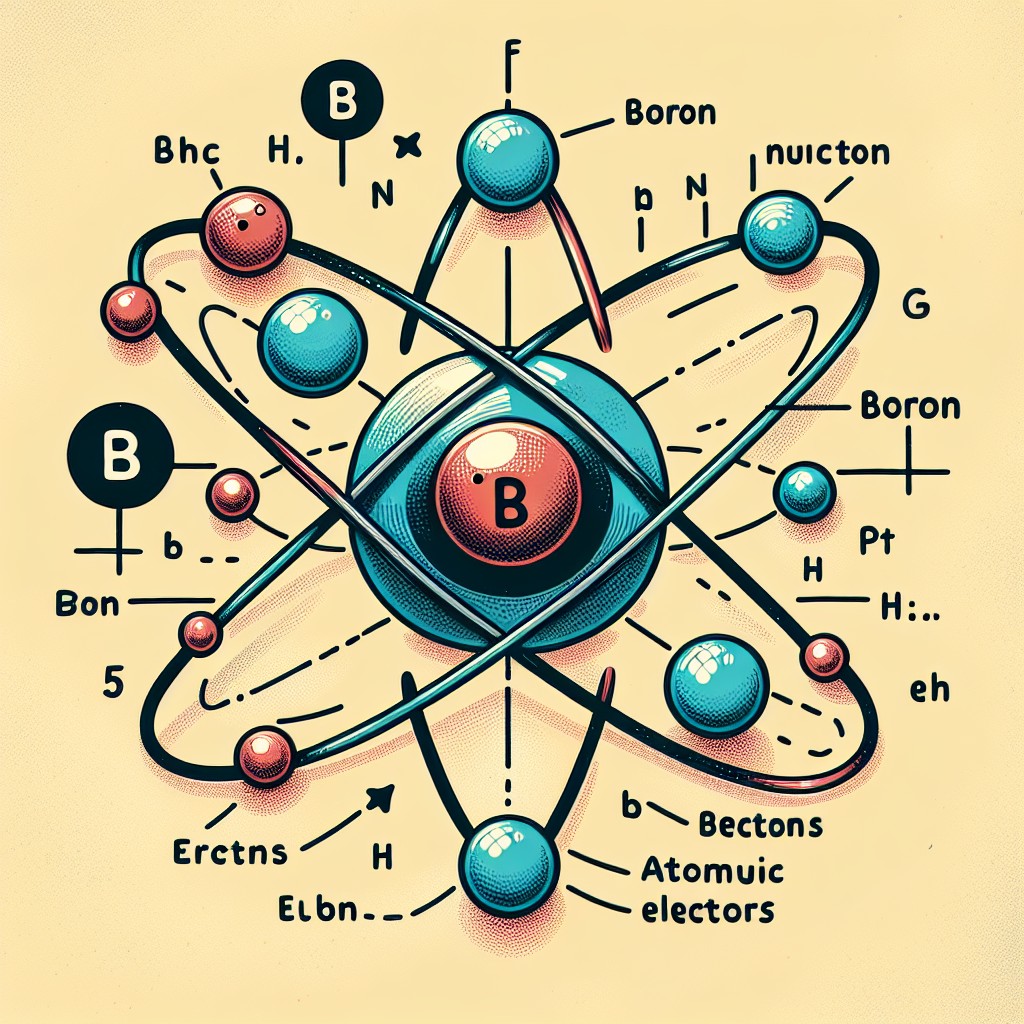| Date | Type | Event |
|---|---|---|
| 1944-01-27 | In 1944 the siege of Leningrad was finally over after 872 days (known as the 900-day siege).
When the Germans could not take Leningrad (now St. Petersburg), the second largest city in the USSR (United Soviet States of Russia), Hitler ordered his troops to lay siege. It was one of the most devastating and prolonged sieges in modern history, lasting from September 8, 1941, to January 27, 1944, during World War II.
Despite the unimaginable hardships, Leningrad’s citizens displayed remarkable resilience. Cultural life persisted as a form of defiance against the enemy. One of the most iconic moments was the performance of Dmitri Shostakovich’s Symphony No. 7, written during the siege and played by the Leningrad Symphony Orchestra in 1942. Broadcast across the city and beyond, it became a powerful symbol of Soviet resistance. The frozen surface of Lake Ladoga became the city’s only lifeline during the siege. Dubbed the Road of Life, this perilous route allowed for the transport of food and supplies during winter, as well as the evacuation of some civilians. However, German artillery and airstrikes constantly threatened these critical operations, making the journey extremely dangerous. Soviet forces launched numerous counteroffensives to break the siege. In January 1943, they succeeded in opening a narrow land corridor, slightly easing the city’s plight. The complete liberation of Leningrad occurred a year later, on January 27, 1944, marking a decisive Soviet victory. The Siege of Leningrad left an indelible mark on the city and its people. Over 1 million civilians and 300,000 soldiers perished, and the psychological scars of the ordeal lasted for decades. In recognition of their extraordinary resilience, Leningrad was awarded the title of Hero City in 1945. | |
| 1944-06-06 | In 1944 the largest invasion in history began with Operation Neptune more commonly known as “D Day”. Since the 4th of June 1940, the British army had waited for an opportunity to launch a large land invasion of mainland Europe and to take the fight to the Germans. The 4th of June 1940 was the last day of the epic evacuations at Dunkirk where the Royal Navy and British civilians rescued 335,000 Allied forces from the German Army. Then on the 22nd of June 1940, Germany was successful in conquering France, Britain’s main ally against the Axis Powers which at the time consisted of Germany, Italy and Japan and by now much of Europe was in their control. In 1939 Russia signed several pacts with Germany exchanging raw materials from Russia for German military equipment as well as a pact which carved up Europe into Spheres of Influence for their separate political ideologies. But the Fascist leaders of the Axis would not tolerate the opposing views of Communist Russia for long and Hitler initiated Operation Barbarossa which was the invasion of Soviet Russia. Russia resisted Germany’s advance at great cost and opened up an Eastern front against Germany in retaliation. The Allied powers had many successful campaigns against the Axis powers but it would take a mass invasion, the size of which had never been seen, to Liberate occupied Europe. Only one other country in the world had the resources required to mount such an invasion was the United States of America but they had were not, as yet, at war. after Japan attacked the US at Pearl Harbour on the 7th of December 1941 they declared War on Japan the following day. On the 11th of December, after war was declared on the US by Germany and Italy, the United States also declared war on Germany and Italy joining the Allied nations. Plans for the invasion between the United Kingdom and the United States began in 1943 and for the operation to be a success it took immense planning and reconnaissance. The Germans had heavily fortified the coast in anticipation with mines and heavy artillery. The planned landing or Operation Neptune was set for May 1944 but was postponed until more favourable weather conditions such as thick clouds helped cover the huge fleet of ships from spotter planes. Many deceptive tactics were employed by the Allies as Operation Bodyguard which involved fake invasions and inflatable tanks in order to confuse the enemy on the date and proposed landing destination. On the 5th of June the decision was made for the operation to go ahead the following day and that evening over 1,000 Allied planes pounded the beaches of Normandy with several thousand tons of explosives while the 3,000 Allied ships were preparing to cross the English Channel to France. Just after midnight, 24,000 Allied troops were dropped behind the coast to attack enemy artillery that would be used against the main landing force. By 6:30 am the first wave of troops were being deployed from boats along the 50-mile stretch of coast. The beaches along the coast were designated Gold, Juno, Omaha, Sword and Utah with different divisions assigned to each beach. Gold Beach was assigned to the British 50th Northumbrian Infantry, Juno was assigned to the 3rd Canadian Infantry, Omaha was assigned to the US First Division, Sword was assigned to the British 3rd Infantry and Utah was assigned to the US 4th Division. Despite the heavy bombardment of the coast the fortifications were and German defences were strong. On the first day of fighting only Juno and Gold beaches were captured with huge losses on Omaha due to the cliff face. Of the 156,000 Allied troops involved in Operation Neptune an estimated 12,000 were killed. But thanks to their heroism operation Overlord, the capture of Normandy was a success and within a year Germany was defeated. | |
| 1944-08-12 |
In 1944 Nazi soldiers end the “Wola Massacre”: their week long systematic killing of 50,000 people in answer to the Warsaw Uprising.
As Soviet forces were approaching the Polish Capital city of Warsaw, the Polish Resistance saw the opportunity to fight back against their captors. The German troops were on the run throughout Poland with the Soviets following close behind. On the 1st of August 1944 the Warsaw Uprising began and tens of thousands of Polish resistance fighters fought the Nazi forces with the hope of regaining control of Warsaw and preventing the Nazi’s from rounding-up the Poles before the Russians arrived. But very shortly after the uprising began the approaching Russians stopped their advance into the city. By the 5th of August 1944 the Nazi forces in the city had managed to regroup and on that same day they began to execute thousands of civilians and resistance fighters. Entire families were ordered out of their houses and made to line-up before being shot. Many houses were burnt down to ensure that none of the family members escaped their fate. They used dogs on the piles of bodies to detect if any people were hiding, but some did manage to stay concealed. The “Wola massacre”, named after the suburb of Warsaw where it took place, continued for seven days and by the 12th of August they had killed 50,000 people (that’s almost 300 an hour). Their plan was to crush the spirit of the Polish inhabitants and prevent any further resistance, but the massacre had the opposite effect. The Polish resistance continued their fight without the aid of Russian troops.
There was no explanation to the Russian halt and although they had been in radio contact with Russian forces, who gave them the nod for the uprising to begin, radio silence commenced shortly after. The Russians had an airbase close by and required clearance before allowing aircraft into the area. British Prime Minister Winston Churchill requested help from the other allied leaders but received none. Without clearance granted from the Soviets Churchill ordered the RAF to begin low flying drops sending in supplies to the Polish fighters. The Soviets did eventually give clearance and the US also began dropping aid but Russia refused to allow bombers in the area and refused permission for US planes to land in their airfield. Some aid did get in but the Polish fighters saw no outside military assistance other than this despite many soldiers from the red army being camped very close.
By the end of September 1944 the last two suburbs of Warsaw, Mokotow and Zoliborz, had fallen and the Polish fighters were confined in the centre of the main city. With no supplies and no military assistance the remaining Polish resistance were forced to surrender on the 3rd of October 1944, after 63 days of fighting a much superior force. Approximately 15,000 Polish Resistance fighters were killed throughout the uprising along with 250,000 civilians (about one quarter of the entire population of Warsaw). The remaining inhabitants were ordered to leave the city as the Nazi’s burnt it to the ground.
Soviet Forces entered the city in January 1945 and immediately recognised the newly established Polish Communist Government and the Soviets soon occupied the entirety of Poland.
The Soviet in-action and resistance to their allies in aiding the Polish Resistance was seen as a deliberate attempt allow the Germans to remove any resistance to their own goals in Poland. The World condemned their actions and they have been accused, but not officially, of being as guilty as the Nazi’s for the atrocities of the Warsaw Uprising.
| |
| 1944-10-03 | In 1944 Polish forces were surrounded and forced to surrender to Nazi troops ending the Warsaw Uprising. As Soviet forces were approaching the Polish Capital city of Warsaw, the Polish Resistance saw the opportunity to fight back against their captors. The German troops were on the run throughout Poland with the Soviets following close behind. On the 1st of August 1944, the Warsaw Uprising began and tens of thousands of Polish resistance fighters fought the Nazi forces with the hope of regaining control of Warsaw and preventing the Nazis from rounding up the Poles before the Russians arrived. But shortly after the uprising began the approaching Russians stopped their advance into the city. By the 5th of August 1944, the Nazi forces in the city had managed to regroup and on that same day, they began to execute thousands of civilians and resistance fighters. Entire families were ordered out of their houses and made to line up before being shot. Many houses were burnt down to ensure that none of the family members escaped their fate. They used dogs on the piles of bodies to detect if any people were hiding, but some did manage to stay concealed. The “Wola massacre”, named after the suburb of Warsaw where it took place, continued for seven days and by the 12th of August they had killed 50,000 people (that’s almost 300 an hour). They planned to crush the spirit of the Polish inhabitants and prevent any further resistance, but the massacre had the opposite effect. The Polish resistance continued their fight without the aid of Russian troops. There was no explanation for the Russian halt and although they had been in radio contact with Russian forces, who gave them the nod for the uprising to begin, radio silence commenced shortly after. The Russians had an airbase close by and required clearance before allowing aircraft into the area. British Prime Minister Winston Churchill requested help from the other allied leaders but received none. Without clearance granted from the Soviets, Churchill ordered the RAF to begin low flying drops sending in supplies to the Polish fighters. The Soviets did eventually give clearance and the US also began dropping aid but Russia refused to allow bombers in the area and refused permission for US planes to land in their airfield. Some aid did get in but the Polish fighters saw no outside military assistance despite many soldiers from the Red Army being camped very close. By the end of September 1944 the last two suburbs of Warsaw, Mokotow and Zoliborz, had fallen and the Polish fighters were confined in the centre of the main city. With no supplies and no military assistance the remaining Polish resistance were forced to surrender on the 3rd of October 1944, after 63 days of fighting a much superior force. Approximately 15,000 Polish Resistance fighters were killed throughout the uprising along with 250,000 civilians (about one quarter of the entire population of Warsaw). The remaining inhabitants were ordered to leave the city as the Nazi’s burnt it to the ground. Soviet Forces entered the city in January 1945 and immediately recognised the newly established Polish Communist Government and the Soviets soon occupied the entirety of Poland. The Soviet in-action and resistance to their allies in aiding the Polish Resistance was seen as a deliberate attempt allow the Germans to remove any resistance to their own goals in Poland. The World condemned their actions and they have been accused, but not officially, of being as guilty as the Nazi’s for the atrocities of the Warsaw Uprising. |



